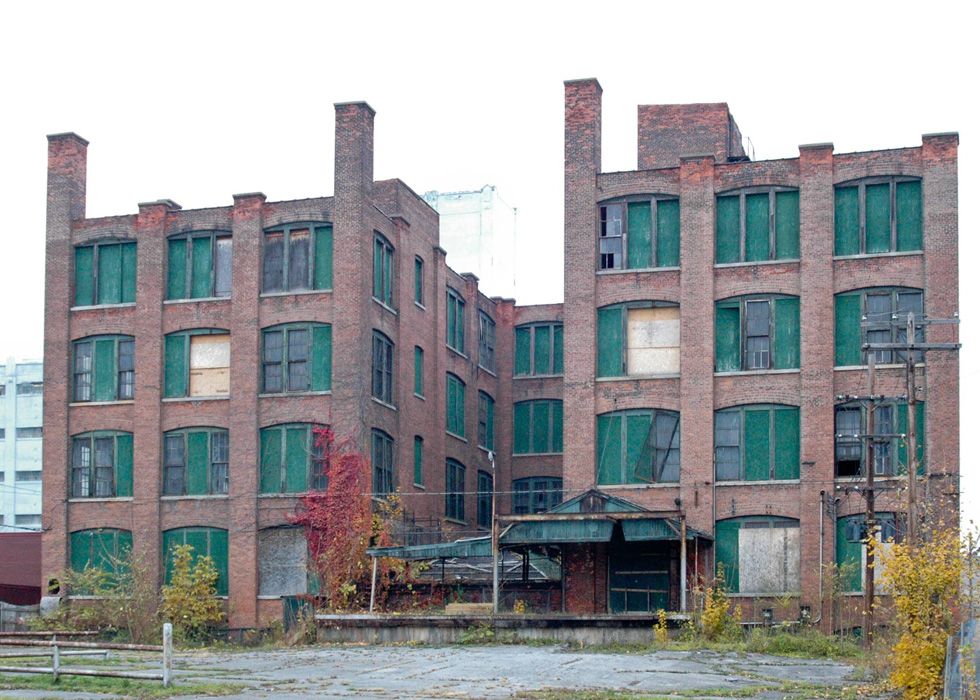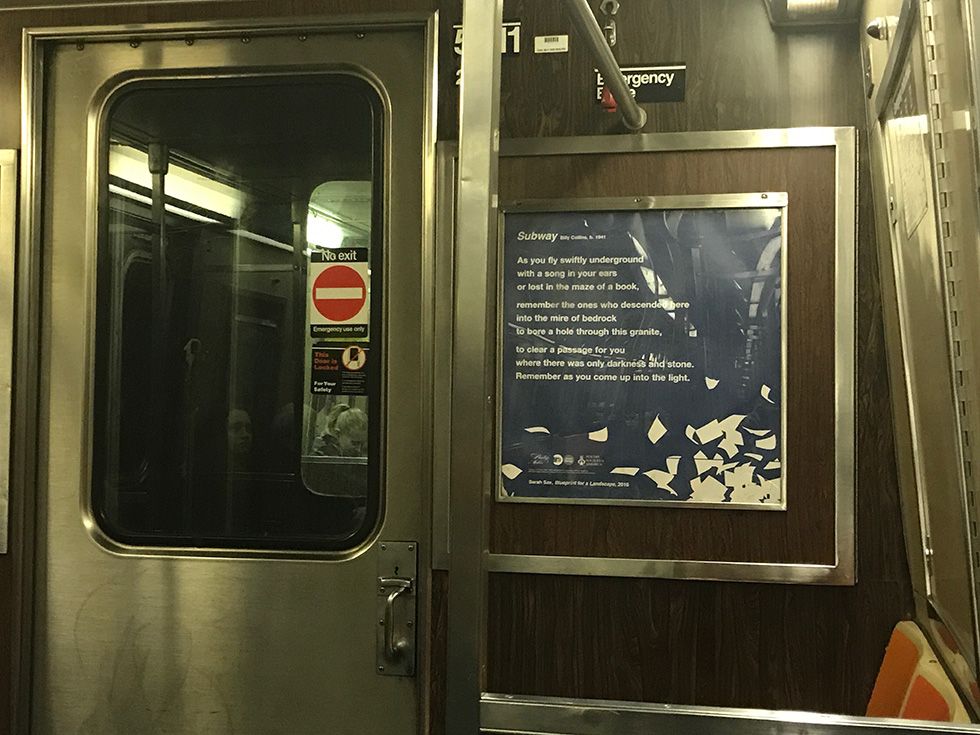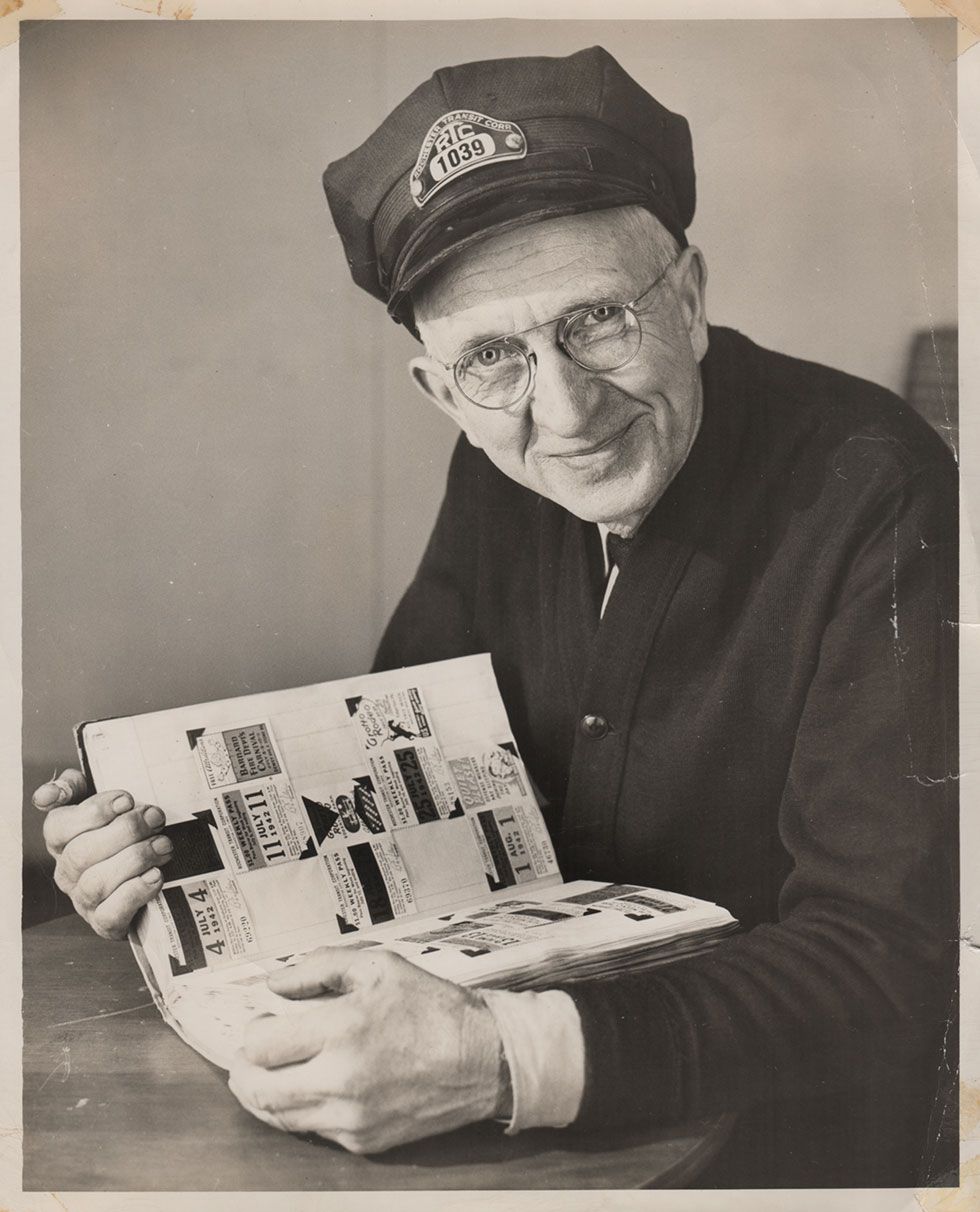This article was scraped from Rochester Subway. This is a blog about Rochester history and urbanism has not been published since 2017. The current owners are now publishing link spam which made me want to preserve this history.. The original article was published December 17, 2014 and can be found here.
![Carriage Factory, Rochester NY. [PHOTO PROVIDED BY: Preservation Studios]](https://senseofplace.dev/content/images/photos/rochester-cunningham-carriage-factory-south-side-before.jpg)
The following is a guest post submitted by Michael Puma .
Submit your story today .
The transformation at the Carriage Factory building has been nothing short of amazing. Located at 33 Litchfield Street

in the Susan B. Anthony neighborhood, the former factory building that was close to the landfill has been reborn as seventy-one affordable and special needs apartments. The rehabilitation of the building was a long time coming and was not without its challenges and delays...
![Carriage Factory, Rochester NY. [PHOTO PROVIDED BY: Preservation Studios]](https://senseofplace.dev/content/images/photos/rochester-cunningham-carriage-factory-north-side-before.jpg)

took on the challenge of rehabbing the Carriage Factory utilizing historic tax credits to help offset the large costs of the work. SWBR

provided architectural services, Christa Construction

actually did the work, and Preservation Studios

handled the historic preservation applications.
![A view of the Canal Street factory complex of James Cunningham, Son & Co. 1926. [PHOTO: Rochester Public Library]](https://senseofplace.dev/content/images/photos/rochester-cunningham-carriage-factory-1926.jpg)
James Cunningham founded the Cunningham Carriage Company in 1842 when he purchased a small firm from James Kerr and Blanchard Dean and began producing one-horse open sleighs and buggies. The success of the company was almost immediate as James was quite the salesman. They were so successful that even when the factory burned to the ground in 1848 he was able to immediately rebuild.
![Carriage Factory, Rochester NY. [PHOTO PROVIDED BY: Preservation Studios]](https://senseofplace.dev/content/images/photos/rochester-cunningham-carriage-factory-corner-before.jpg)
The company's carriages were known for their extra high quality and style. Sold all over the United States, Cunningham was one of the country's biggest manufacturers - not to mention one of Rochester's biggest industries. In 1908 the company began to manufacture automobiles and in 1915 the last Cunningham carriage was produced at the factory.
![Carriage Factory third floor, Rochester NY. [PHOTO PROVIDED BY: Preservation Studios]](https://senseofplace.dev/content/images/photos/rochester-cunningham-carriage-factory-third-floor-before.jpg)
Their early cars ranged between $3500 and $5000, no small sum in an era where a home could costs less than half of that price. In 1927 the company began producing airplanes and would continue to do so until 1938; their first plane reached 110 miles per hour. Cunningham continued to produce cars until 1936 after some success with wartime vehicles including armored cars and an experimental tank.
![Carriage Factory windows, Rochester NY. [PHOTO PROVIDED BY: Preservation Studios]](https://senseofplace.dev/content/images/photos/rochester-cunningham-carriage-factory-apartments-windows-before.jpg)
The Canal Street property was sold in 1954, but the company continued to make various mechanical products. In 1968 Cunningham became a subsidiary of, and would eventually be absorbed by Gleason Works

.
![Carriage Factory fire doors, Rochester NY. [PHOTO PROVIDED BY: Preservation Studios]](https://senseofplace.dev/content/images/photos/rochester-cunningham-carriage-factory-fire-door-before.jpg)
Fast forward to just a few years ago and one of the buildings in the Cunningham complex was just about ready for the wrecking ball. Environmental issues and large holes in the roof had taken their toll on the building. The significant water infiltration compromised a lot of the structure, which required significant rebuilding throughout the building. Seeing the potential through all the problems, DePaul decided to purchase the building and move forward with a full rehab.
![Carriage Factory atrium, Rochester NY. [PHOTO PROVIDED BY: Preservation Studios]](https://senseofplace.dev/content/images/photos/rochester-cunningham-carriage-factory-atrium-before.jpg)
One of the most noticeable changes was the restoration of the exterior atrium wall. Over time the grade of the parking lot had changed so much and combined with a later loading dock the front of the atrium had all but disappeared. Much of it was actually buried due to the grade change, but part of the rehabilitation saw the removal of the loading dock and the unearthing of the atrium returning the front of the building back to its original appearance for the first time in over 50 years.
![Carriage Factory atrium interior, Rochester NY. [PHOTO PROVIDED BY: Preservation Studios]](https://senseofplace.dev/content/images/photos/rochester-cunningham-carriage-factory-atrium-interior-before.jpg)
The atrium now serves as community meeting space and the main entrance to the building. An original Cunningham carriage was purchased and returned to the building, which is now on display just upon entering. The remainder of the building was divided for the new apartments with their soaring ceiling heights, exposed structure, all of which are flooded with light by the replicated windows. * * *
The "After" Photos
![On December 4, 2014 DePaul joined with city, state, public and private partners to celebrate the opening of the Carriage Factory Apartments. [PHOTO PROVIDED BY: Depaul]](https://senseofplace.dev/content/images/photos/rochester-cunningham-carriage-factory-2014.jpg)
On December 4, 2014 DePaul joined with city, state, public and private partners to celebrate the opening of the Carriage Factory Apartments. An open house and dedication ceremony marked the transformation of the over 100-year-old Cunningham Carriage Factory into 71 studio, one- and two-bedroom loft apartments for income-eligible tenants.
![New York's Lieutenant Governor Robert Duffy tours the new Carriage Factory Apartments with Vice President of DePaul Properties Gillian Conde and President of DePaul Mark Fuller. [PHOTO PROVIDED BY: Preservation Studios]](https://senseofplace.dev/content/images/photos/rochester-cunningham-carriage-factory-apartment.jpg)
In the photo above, New York's Lieutenant Governor Robert Duffy tours the new Carriage Factory Apartments with Vice President of DePaul Properties Gillian Conde and President of DePaul Mark Fuller.
![Carriage Factory (south side), Rochester NY. [PHOTO PROVIDED BY: Preservation Studios]](https://senseofplace.dev/content/images/photos/rochester-cunningham-carriage-factory-south-side-after.jpg)
![Carriage Factory (north side), Rochester NY. [PHOTO PROVIDED BY: Preservation Studios]](https://senseofplace.dev/content/images/photos/rochester-cunningham-carriage-factory-north-side-after.jpg)
![Carriage Factory interior, Rochester NY. [PHOTO PROVIDED BY: Preservation Studios]](https://senseofplace.dev/content/images/photos/rochester-cunningham-carriage-factory-corner-after.jpg)
![Carriage Factory third floor, Rochester NY. [PHOTO PROVIDED BY: Preservation Studios]](https://senseofplace.dev/content/images/photos/rochester-cunningham-carriage-factory-third-floor-after.jpg)
![Carriage Factory windows, Rochester NY. [PHOTO PROVIDED BY: Preservation Studios]](https://senseofplace.dev/content/images/photos/rochester-cunningham-carriage-factory-apartments-windows-after.jpg)
![Carriage Factory fire doors, Rochester NY. [PHOTO PROVIDED BY: Preservation Studios]](https://senseofplace.dev/content/images/photos/rochester-cunningham-carriage-factory-fire-door-after.jpg)
The original fire doors were kept as a reminder the building's history.
![Carriage Factory atrium, Rochester NY. [PHOTO PROVIDED BY: Preservation Studios]](https://senseofplace.dev/content/images/photos/rochester-cunningham-carriage-factory-atrium-after.jpg)
![An original Cunningham carriage is now on display here in the atrium. [PHOTO PROVIDED BY: Preservation Studios]](https://senseofplace.dev/content/images/photos/rochester-cunningham-carriage-factory-atrium-interior-after.jpg)
An original Cunningham carriage is now on display here in the atrium. * * *
About Michael Puma:
Michael Puma is the project manager at Preservation Studios

based in Buffalo with an office in Rochester. His firm is handling all items related to the historic tax credit portion of the National Clothing rehabilitation. He writes for Buffalo Rising, Buffalo Spree magazine, and his own blog, Views of Buffalo

.


